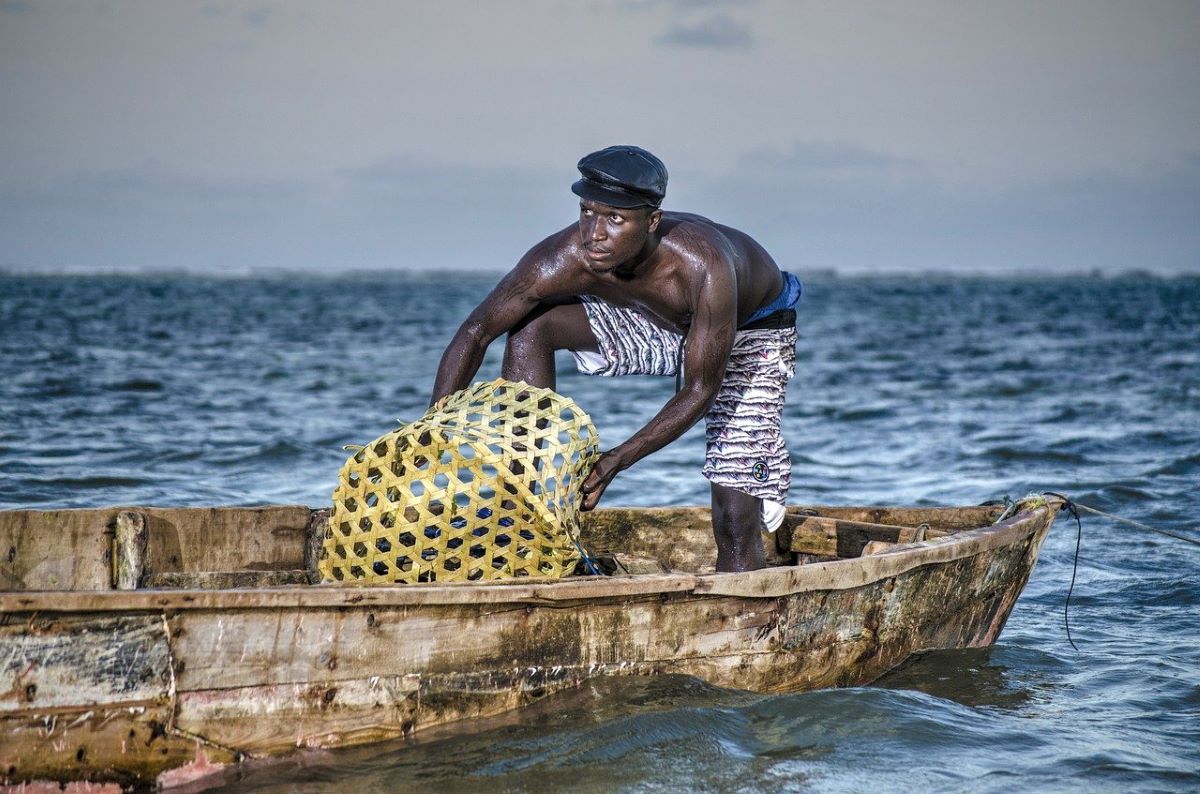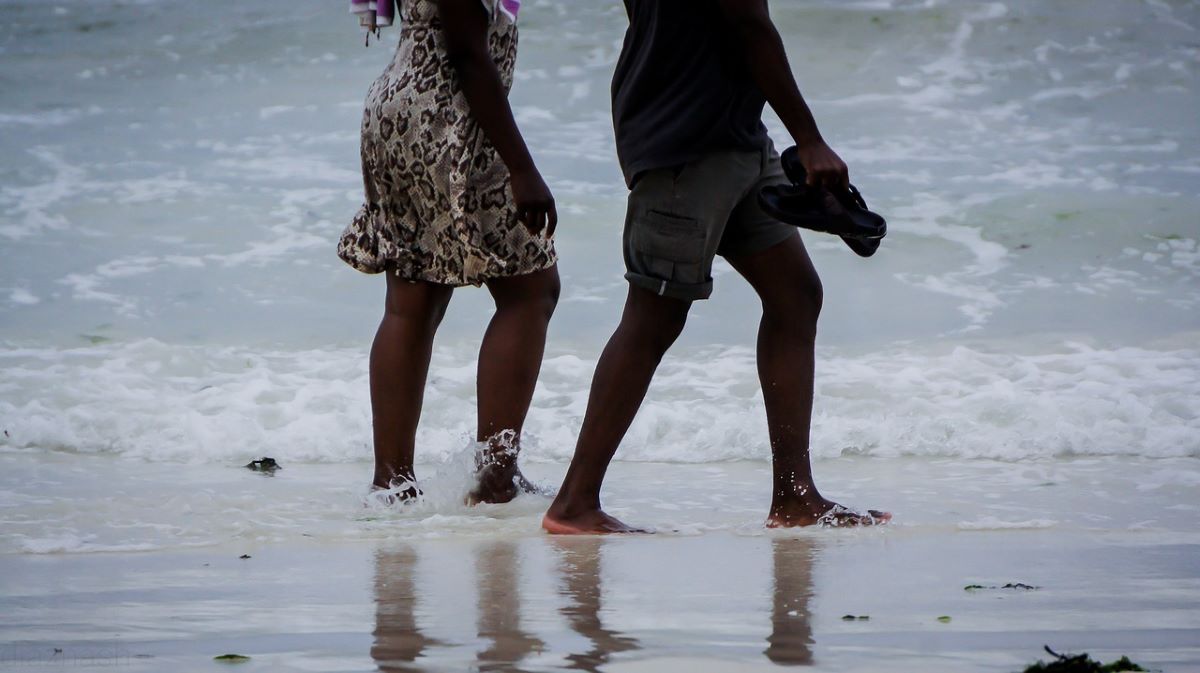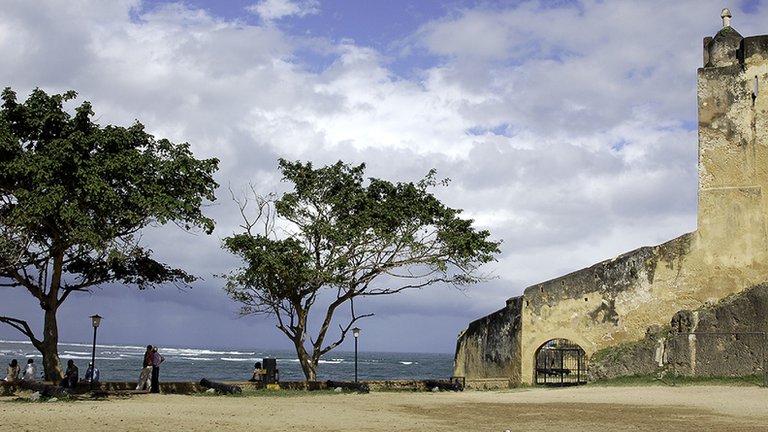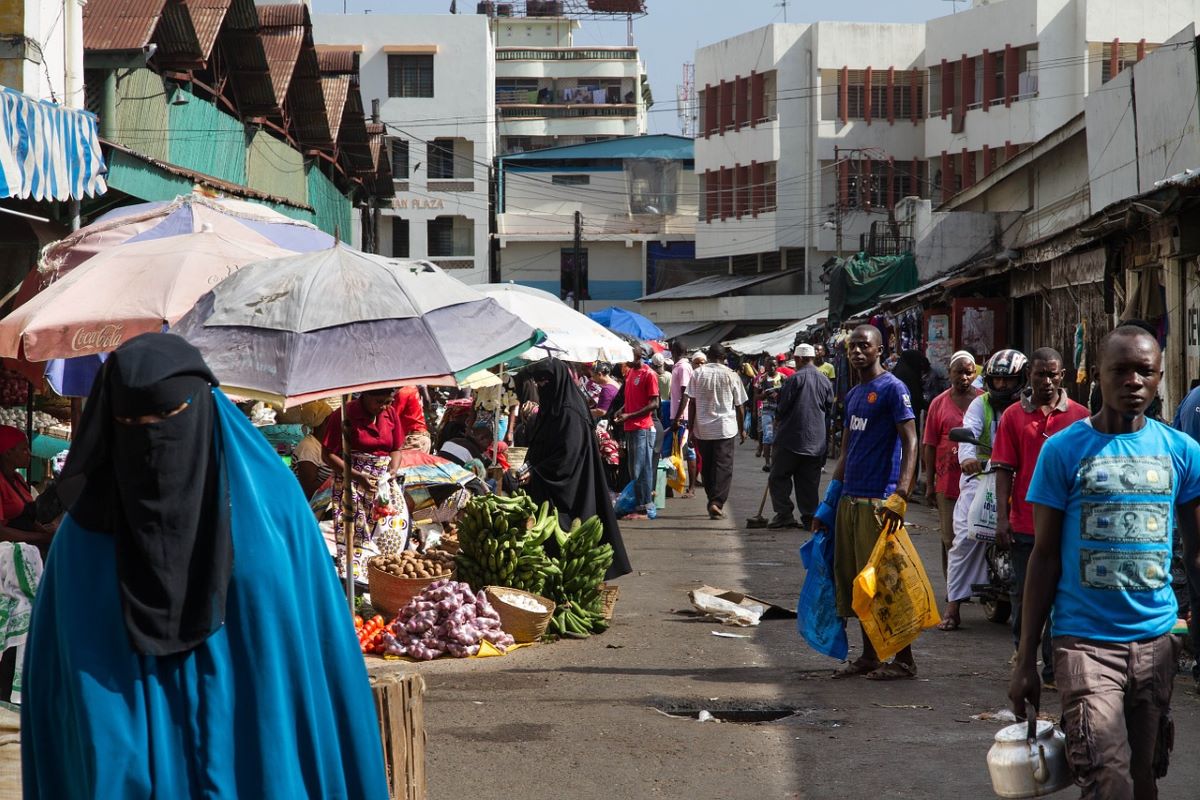
Almost 500 kilometers away from Nairobi is the island of Mombasa, the second largest city in Kenya after the capital with about 700.000 inhabitants. It is separated from the African continent by two streams and connected in turn by a multitude of bridges.
Mombasa has a great port and tourist activity. Since it was founded in the XNUMXth century, it has been a city with its own personality. It breathes Arab, Indian and European influences that can be seen in its many religious and civil buildings. Do you want to know Mombasa?
Route through Old Town
The port of Mombasa

Image | Pixabay
You can start the itinerary by the port, where there are several nautical clubs and hotels. Also here are the Basheiky Mandhry mosques built on the foundations of the XNUMXth century.
From there we continue to Mbaraki where the Mbaraki Pilar is located, one of the symbols of Mombasa. It is a tomb of an ancient tribal chief consisting of a limestone column with coral polyps and a coral plaster finish. It is surrounded by baobabs and the result is amazing.
Temples in Mombasa
Islamic
The mosques of Bohra with a high minaret, that of Baluchi Jundaan with a squat dome, that of Ismaili with its square façade and that of angular Bondeni stand out as examples of Islamic architecture.
Hindu
Mombasa also has Hindu temples of great interest such as the pastel colored Jain Temple on Langoni Street, the Sikh Temple on Mewmbe Tayari Street and the very exotic Swaminaryan Temple of Haile Selassie built in 1955.
Christians
On Nkrumah Street there is another representative building of Mombasa: the Catholic Cathedral of the Holy Spirit. The Islamic-influenced Anglican Church is also worth a visit.
Civil architecture

Image | Infobae
Strolling through the Old City is a pleasure. An essential place to visit during a trip to Mombasa is Fort Jesus, an ancient fortress built in 1593 by the Portuguese. It is striking how well preserved is the cistern to store the water, the bastions, the remains of the armed ship San Antonio de Tanna, the collection of ceramics from the coast and the Omani Arab House, an Ottoman house from the XNUMXth century. Another example of a fort that the Portuguese built is Fort St. Joseph.
Other buildings of great interest that are characterized by their English style with great Indian influence are Casa Leven, the new bridge of Nyali and the Treasury Square. Also worth visiting are the Datoo Auction building, the Stone Bridge, the Castle Hotel with its pleasant terrace where you can take a break on the route and the Dodwell House with a beautiful tile roof from Mangalore.
On the other hand, the old courts act as an improvised painting museum. There are some really interesting pieces and you can see some British influence in the building.
Practical information for traveling to Kenya

Image | Pixabay
Security
The Spanish Ministry of Foreign Affairs recommends that you exercise extreme caution when traveling to Kenya and avoid certain areas such as the Northeast province, the border with Somalia and the slums of Nairobi.
Visa
Visas are required for most foreign nationals and are readily available. The easiest way to use, pay and receive it almost instantly is the e-visa system, the Kenyan government's online visa portal.
Money
All banks exchange US dollars, euros, and British pounds into Kenyan shillings. There are ATMs in medium-sized towns, so it is advisable to carry a debit and credit card and cash.
Although most major currencies can be exchanged in Nairobi and Mombasa, outside of these cities there will be more problems with currencies other than US dollars, euros, and British pounds.